AI音声解説※一部単語の読み間違いがございます。ご了承ください。
解説 / Description
ホワイトネオンテトラは、アクアリウムで古くから愛されているネオンテトラ(Paracheirodon innesi)の改良品種です。原種が持つ色素、特にメラニンが抑制されることで、体が真珠のような銀白色に輝く特徴を持ちます。この金属的な光沢から「プラチナネオンテトラ」という名前で流通することも多く、基本的には同じ品種を指します。原種の特徴である体側を走る青いラインと、尾柄部にわずかに残る赤色も保持しており、白いボディとの対比が非常に美しい小型カラシンです。飼育(観賞)自体は日本の水質にもよく適応し容易ですが、その遺伝的背景から繁殖は極めて難しいとされています。 The White Neon Tetra is a cultivated variety of the long-beloved Neon Tetra (Paracheirodon innesi). Its primary characteristic is a pearly, silver-white body, resulting from the suppression of pigments, especially melanin, found in the original species. Due to this metallic sheen, it is often marketed as the “Platinum Neon Tetra,” but they are essentially the same fish. It retains the original species’ iridescent blue stripe and a faint red patch on the tail, creating a beautiful contrast against its white body. While relatively easy to keep for ornamental purposes, as it adapts well to Japanese water conditions, breeding is known to be extremely difficult due to its genetic background.
基本情報 / Basic Information
| 学名 / Scientific Name | Paracheirodon innesi var. |
|---|---|
| 通称 / Common Name | ホワイトネオンテトラ、プラチナネオンテトラWhite Neon Tetra, Platinum Neon Tetra |
| 分類 / Family | カラシン科(Characidae) ※近年の分類ではAcestrorhamphidae科とされる場合もあるCharacidae (Though sometimes classified in Acestrorhamphidae in recent taxonomy) |
| 英名 / English Name | Platinum Neon Tetra, Platinum White Neon Tetra |
| 分布 / Distribution | 原種はペルーのアマゾン川上流域。市場に流通する本種はすべて、東南アジアやヨーロッパで生産された養殖個体です。The original species is native to the upper Amazon River basin in Peru. All individuals of this variety available in the market are captive-bred, produced in Southeast Asia or Europe. |
| 最大体長 / Max Size | 約3cm ~ 4cmApprox. 3cm to 4cm |
| 寿命 / Lifespan | 平均5年~8年。良好な環境下では10年に達することもあります。Average 5 to 8 years. Can reach 10 years under optimal conditions. |
飼育環境 / Aquarium Environment
| 水槽サイズ / Tank Size | 群泳するスペースを確保するため、60cm規格水槽(約60L)以上での飼育を推奨します。A standard 60cm tank (approx. 60L) or larger is recommended to provide adequate swimming space for schooling. |
|---|---|
| 水温 / Temperature | 23℃~26℃ (適応範囲は20℃~28℃) |
| 水質 / Water Quality | 弱酸性~中性(pH 5.0~7.5)。観賞目的の飼育であれば、日本の多くの地域の水道水に十分適応可能です。Slightly acidic to neutral (pH 5.0-7.5). For ornamental keeping, they can adapt well to the tap water in most regions of Japan. |
| レイアウト / Layout | 本種の銀白色の体色を最も美しく引き立てるため、黒色のソイルや暗色の砂利など、「暗色の底床」が必須です。水草や流木で隠れ家を作り、照明をやや抑えめにすると魚が落ち着き、本来の体色を発揮します。A “dark substrate,” such as black soil or dark gravel, is essential to best accentuate the fish’s silver-white body. Providing hiding places with driftwood and aquatic plants, along with subdued lighting, will help the fish feel secure and display its best colors. |
| 注意点 / Precautions | 白い化粧砂などの明るい底床は、魚の輪郭がぼやけて体色が「白ボケ」してしまうため、観賞価値を損ねます。また、本種は典型的な群泳魚(スクーリングフィッシュ)であり、最低でも6匹以上、できれば10匹以上の群れで飼育することが精神的な安定のために必須です。単独や少数での飼育は極度のストレスを与え、病気や摂食不良の原因となります。Bright substrates, like white cosmetic sand, should be avoided as they wash out the fish’s color and make its outline blurry, diminishing its visual appeal. This species is a typical schooling fish; keeping them in a group of at least 6, preferably 10 or more, is mandatory for their psychological well-being. Keeping them alone or in small numbers will cause extreme stress, leading to disease and poor appetite. |
餌と給餌 / Feeding
| 餌の種類 / Diet | 雑食性です。口が小さいため、高品質な小型熱帯魚用の顆粒状人工飼料や、指で細かく砕いたフレークフードを与えます。冷凍のミジンコやブラインシュリンプ(イサザアミ)も非常に好みます。Omnivorous. Due to their small mouths, feed high-quality granular artificial diets for small tropical fish, or flake food crushed into fine pieces. They also relish frozen foods like Daphnia and brine shrimp. |
|---|---|
| 給餌のポイント / Feeding Tips | 普段は人工飼料を主食とし、週に2~3回、栄養価の高い冷凍餌を与えるローテーションを組むと、健康維持とコンディション向上に非常に有効です。A feeding rotation is highly effective for maintaining health and condition: use artificial food as the staple diet, and supplement with nutritious frozen foods 2-3 times a week. |
性格と混泳 / Temperament and Tank Mates
| 性格 / Temperament | 非常に温和(Peaceful)で、臆病な一面もあります。Very peaceful, with a somewhat timid nature. |
|---|---|
| 混泳の相性 / Compatibility | 同じサイズの小型カラシン、ラスボラ各種、小型のコイ科、コリドラスやオトシンクルスなどの底生魚、ヤマトヌマエビやミナミヌマエビなどの甲殻類とも問題なく混泳できます。ただし、エンゼルフィッシュやディスカスは、成長すると本種を捕食してしまうため、混泳は絶対に避けてください。They can be kept peacefully with other similarly sized small characins, rasboras, small cyprinids, bottom-dwellers like Corydoras and Otocinclus, and crustaceans such as Amano and Cherry shrimp. However, you must absolutely avoid tank mates like Angelfish or Discus, as they will prey on White Neon Tetras once grown. |
病気と対策 / Diseases and Prevention
| かかりやすい病気 / Common Diseases | 1. 白点病: 輸送ストレスや急激な水温変化により、導入初期に最もかかりやすい病気です。 2. 尾ぐされ病: 輸送中のスレ傷などから細菌感染を起こし、ヒレが溶けることがあります。 3. ネオンテトラ病(NTD): 微胞子虫が筋肉に寄生する致命的な病気で、有効な治療法はありません。1. Ich (White Spot Disease): The most common disease during the initial introduction, often triggered by transport stress or sudden temperature changes. 2. Fin Rot: Bacterial infection, often from scrapes during transport, causing fins to decay. 3. Neon Tetra Disease (NTD): A fatal disease caused by microsporidian parasites in the muscle tissue, for which there is no effective cure. |
|---|---|
| 対策と予防 / Prevention | 白点病や尾ぐされ病の対策として、購入後に本水槽へ導入する前の「検疫(トリートメント)」が最も重要です。別水槽で1週間ほど様子を見、必要に応じて市販の魚病薬(白点病にはメチレンブルー系、尾ぐされ病には抗菌剤)で薬浴します。ネオンテトラ病(NTD)は治療法がないため、予防と早期発見が鍵となります。本種はNTDの初期症状である「体色の白化」が判別できないため、「一匹だけ群れから離れる」「餌を食べない」といった「行動の変化」を最優先で監視してください。疑わしい個体は、感染拡大を防ぐため、速やかに隔離・淘汰する必要があります。For Ich and Fin Rot, “quarantine” before introducing fish to the main tank is the most crucial step. Observe them in a separate tank for about a week, and treat with commercial fish medications if necessary (Methylene blue-based for Ich, antibacterial for Fin Rot). As there is no cure for NTD, prevention and early detection are key. Since the primary symptom (loss of color) is masked in this white variety, you must prioritize monitoring for “behavioral changes” like isolating from the school or refusing food. Suspected individuals must be removed immediately to prevent the spread of infection. |
増やし方(繁殖) / Breeding
| 繁殖形態 / Reproduction | 水草などに卵を産み付ける「バラ撒き型」(エッグ・スキャッタラー)です。親は産んだ卵を積極的に捕食してしまいます。They are “egg scatterers,” laying adhesive eggs on plants or substrate. The parents will actively predate their own eggs. |
|---|---|
| 繁殖のポイント / Breeding Tips | 飼育(観賞)は容易ですが、繁殖はアクアリウムの中でも最高難易度の一つです。成功には、原種の生息地を再現した pH 5.5、総硬度 1 dH未満という「超軟水・弱酸性」の特殊な水質が必須条件となります。また、卵と稚魚は光に非常に弱いため、水槽の遮光が必要です。最大の難所は、孵化後3~4週間で稚魚の多くが原因不明で死亡する「3~4週間の壁」と呼ばれる現象であり、安定した稚魚の育成はプロでも困難とされています。While easy to keep, breeding is one of the most difficult challenges in the aquarium hobby. Success requires specific water conditions mimicking their native habitat: “extremely soft and acidic” (pH 5.5, GH < 1 dH). Eggs and fry are highly sensitive to light, so the tank must be darkened. The greatest hurdle is the "3-4 week wall," a phenomenon where most fry die for unknown reasons, making stable rearing difficult even for professionals. |
雑学と豆知識 / Trivia and Fun Facts
| 1. 輝きの正体は「構造色」 / 1. The Secret of the Shine: “Structural Color” | ネオンテトラの仲間が放つあの鮮やかな青いラインは、絵の具のような「色素」による色ではありません。これは「構造色(こうぞうしょく)」と呼ばれる、物理的な現象による輝きです。That brilliant blue stripe on a Neon Tetra is not a color from pigment, like paint. It’s a shine caused by a physical phenomenon called “structural color.” |
|---|---|
| 2. 輝きを生む「鏡」の細胞 / 2. The “Mirror” Cells That Create the Shine | 彼らの皮膚の内部には、「イリドフォア(虹色素胞)」と呼ばれる特殊な細胞があります。この細胞の中には「グアニン」という物質の小さな結晶が、何層にも積み重なっています。この層が、まるで特殊な鏡のように機能し、特定の波長の光(青色)だけを強く反射することで、あの金属的な輝きを生み出しているのです。Inside their skin are special cells called “iridophores.” Within these cells, tiny crystals of a substance called “guanine” are stacked in many layers. This stack acts like a special mirror, selectively reflecting only a specific wavelength of light (blue), which creates that metallic shine. |
| 3. 自分で光を調節する仕組み / 3. A Mechanism to Adjust Light | さらに興味深いことに、彼らはこのグアニン結晶の傾きを自分で変えることができます。光が当たる角度に応じて、明るい場所では青緑色に、暗い場所では藍色にと、輝きを能動的に変化させることができるのです。Even more interestingly, they can change the angle of these guanine crystals themselves. Depending on the light, they can actively shift their iridescence, appearing blue-green in bright light and a deeper indigo in dim light. |
| 4. ホワイトネオンの成り立ち / 4. The Making of the White Neon | ホワイトネオンテトラは、この「構造色」を生み出すイリドフォアの機能はそのままに、メラニン(黒)などの「色素」を抑制するように選抜育種された品種です。その結果、原種の青い輝きと、突然変異によって得られた銀白色のボディが美しく融合し、この魅力的な品種が誕生しました。The White Neon Tetra is a variety that was selectively bred to suppress pigments like melanin, while retaining the function of the iridophores that produce this structural color. As a result, the original species’ blue shine and the silver-white body from the mutation merged beautifully, creating this captivating fish. |
まとめ / Conclusion
ホワイトネオンテトラは、原種ネオンテトラが持つ「構造色」の青い輝きと、改良によって得られた銀白色の体色が見事に融合した、非常に観賞価値の高い品種です。飼育(観賞)自体は、日本の水質にもよく適応するため、基本的な熱帯魚の飼育設備があれば難しくありません。暗色の底床で飼育することで、その対照的な美しさを最大限に楽しむことができます。 The White Neon Tetra is a highly ornamental variety, masterfully blending the “structural color” of the original Neon Tetra’s blue shine with a cultivated silver-white body. Keeping them for display is not difficult with standard tropical fish equipment, as they adapt well to Japanese water conditions. Using a dark substrate will maximize their contrasting beauty.
しかし、その美しさの裏には、知っておくべき3つの専門的な課題があります。それは、(1) 安価な大量生産と長距離輸送に起因する「導入時のハイリスク」、(2) 致命的なネオンテトラ病(NTD)の初期症状が体色で判別できない「診断の困難性」、そして (3) 原種の生態に由来する「繁殖の極端な困難性」です。これらの背景を理解し、特に購入直後の「検疫(トリートメント)」を丁寧に行うことが、彼らを健康に長く飼育するための最も重要な鍵となります。 However, behind this beauty lie three technical challenges to be aware of: (1) a “high initial risk” due to mass production and long transport, (2) “difficulty in diagnosis” as the white body masks early symptoms of fatal Neon Tetra Disease (NTD), and (3) “extreme difficulty in breeding” due to their wild ancestry. Understanding this background and carefully performing “quarantine” after purchase is the most important key to keeping them healthy for a long time.

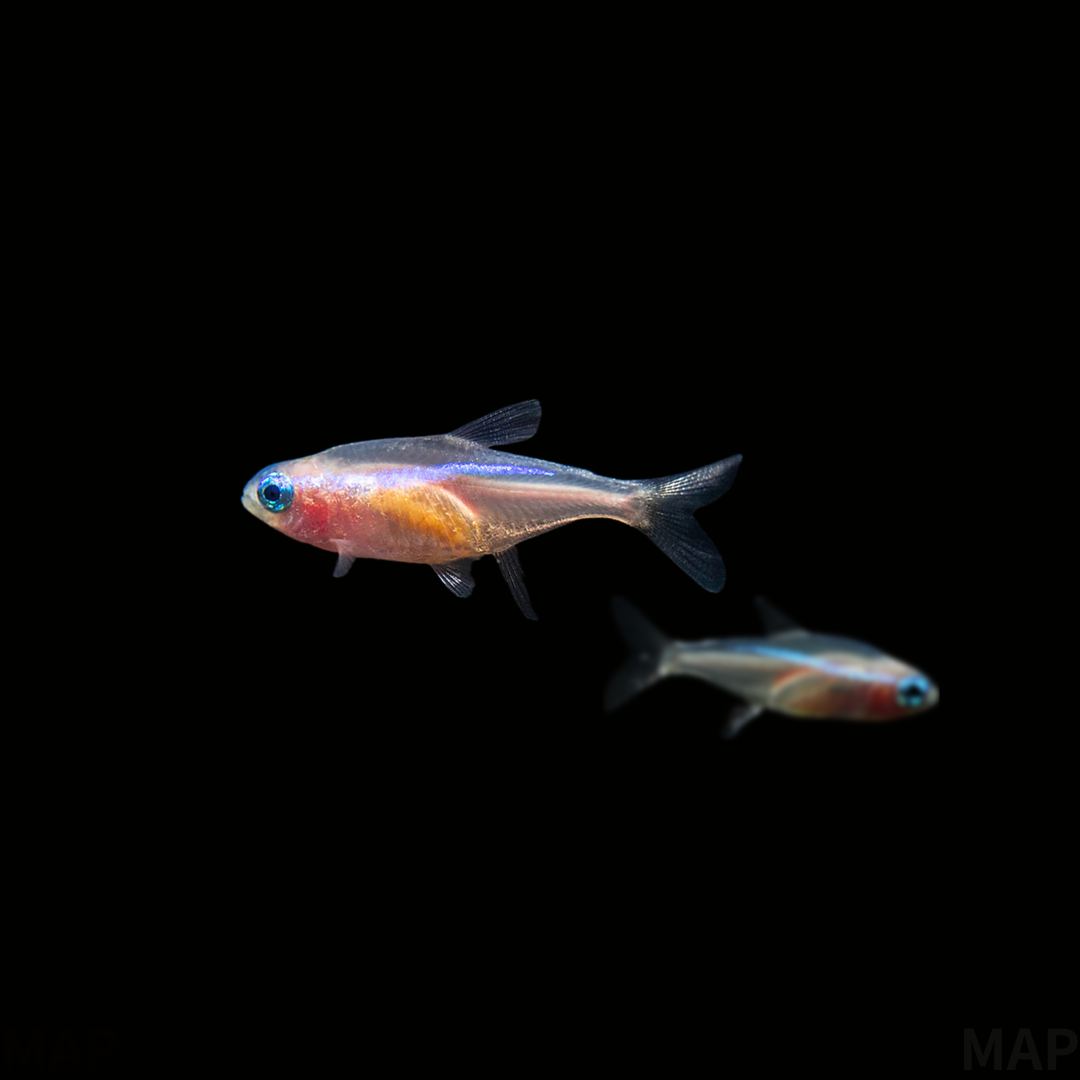




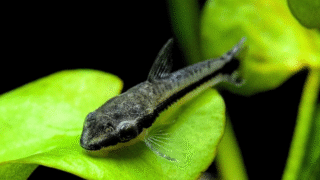
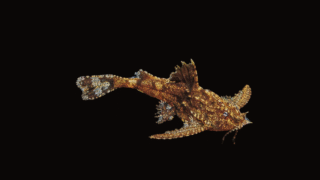
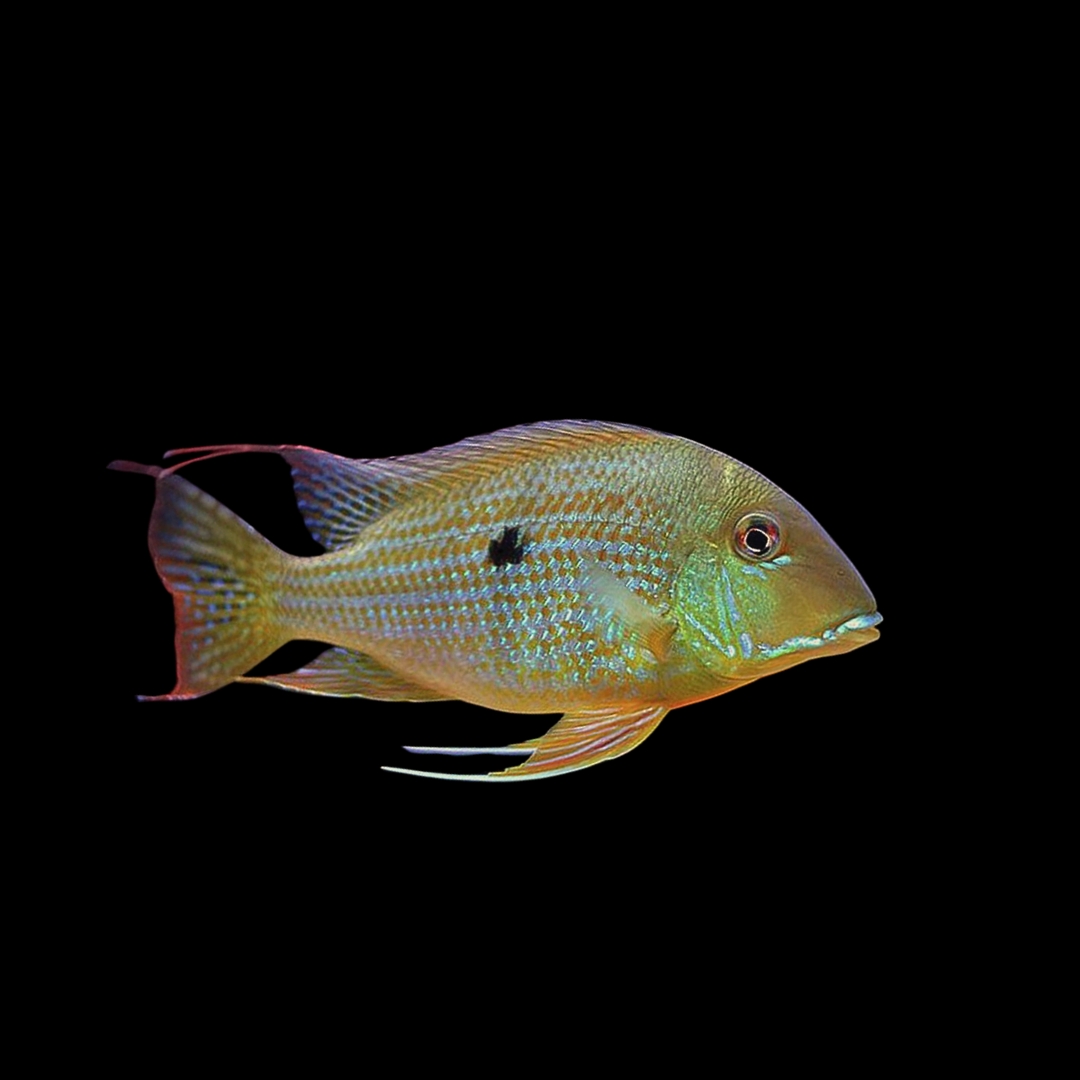
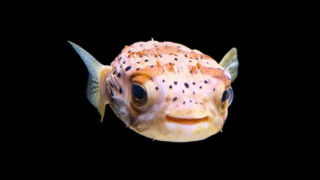

コメント